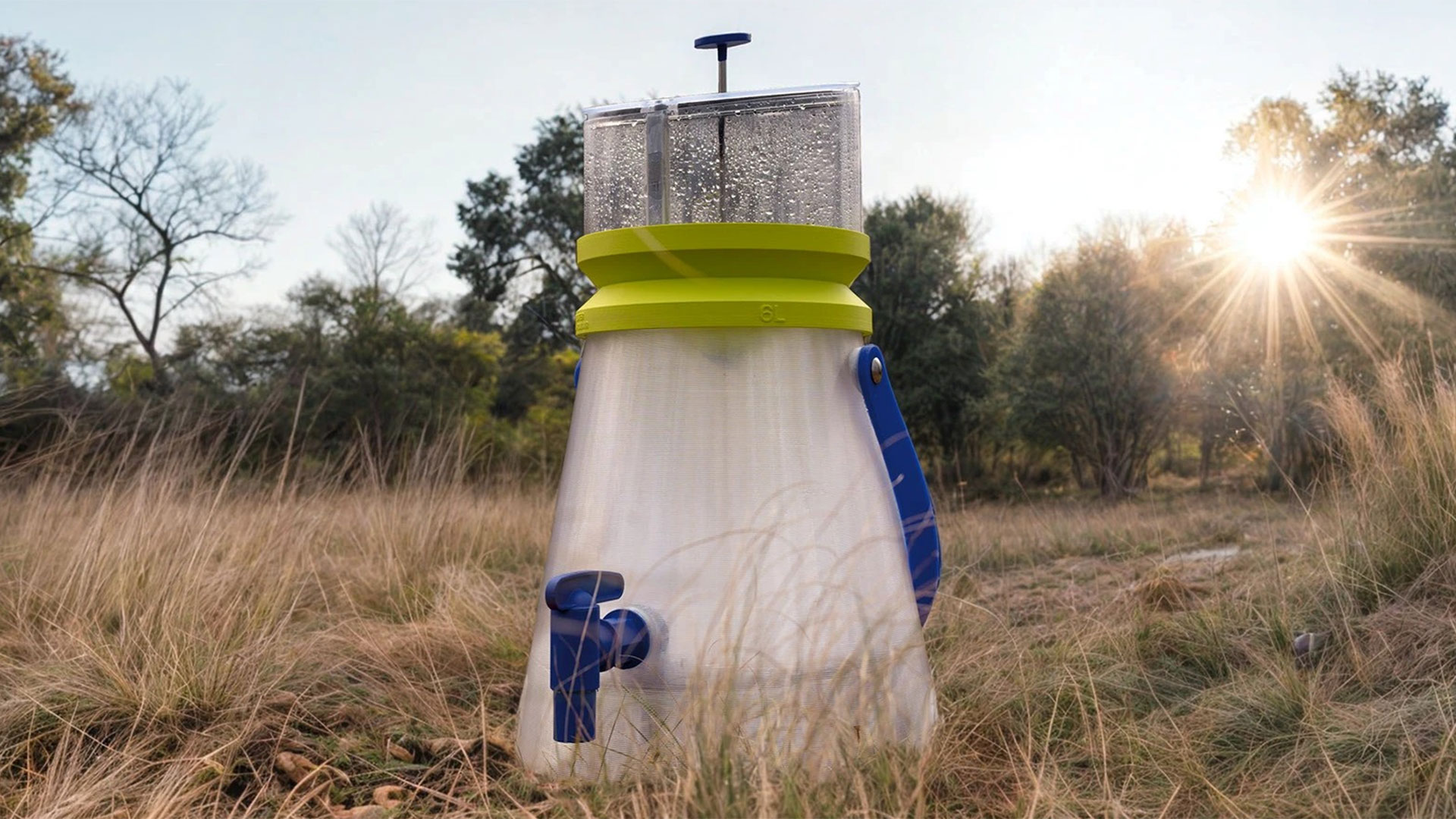Cyber security “AI Shield” for Home
The Cybersecurity AI Shield for Home is an intelligent, always-on, self-learning defense system designed to protect all connected devices in a household — from smartphones and laptops to smart TVs, voice assistants, IoT thermostats, and even 3D printers — against malware, phishing, hacking, and data theft.
It acts like a digital immune system, constantly learning, adapting, and responding to threats in real time — without needing human expertise.
Unlike traditional antivirus software or firewalls that rely on fixed rules, this AI-driven system understands behavior, predicts attacks, and defends autonomously — securing both digital and physical dimensions of a modern smart home.
Perception Layer (Threat Sensing Network)
This is the sensorial system of the AI Shield, continuously collecting signals from every digital entry point.
Key Data Sources:
- Network Traffic: Monitors packets, DNS queries, and IP behaviors.
- Device Telemetry: Collects CPU load, firmware version, access logs, and unusual activity.
- User Behavior: Recognizes regular login times, typing speed, and device usage patterns.
- IoT Activity: Detects irregular data flows from smart bulbs, locks, or cameras.
- External Intelligence: Fetches live threat feeds (e.g., malware signatures, C2 server blacklists).
Hardware Interface:
- Embedded in a smart home gateway/router or deployed as a dedicated AI security hub.
- Works across Wi-Fi, Ethernet, Zigbee, Z-Wave, and Bluetooth devices.
Goal:
To act as 24/7 sensory input, feeding real-time data to the analysis engine.
Analysis Layer (Cognitive Threat Engine)
The Analysis Layer functions as the brain of the system, where raw signals are transformed into actionable intelligence.
Core Components:
- Anomaly Detection Model: Learns baseline network behavior for each device; flags deviations.
- Deep Packet Inspection (DPI) AI: Uses NLP-like models to “read” data packets semantically for hidden malicious code.
- Behavioral Correlation Engine: Links suspicious actions (e.g., camera activation + unusual upload) to potential compromise.
- Threat Prediction Network: Uses probabilistic models to anticipate attacks before they occur (zero-day detection).
- Device Fingerprinting: Assigns a unique digital DNA to every household device for identity verification.
AI Techniques Used:
- Supervised ML (for known threats)
- Unsupervised ML (for anomalies and zero-days)
- Graph Neural Networks (for attack path mapping)
- Bayesian Inference (for probabilistic threat evaluation)
Output:
A dynamic threat map of the household network, with live risk scores for every connected device.
Defence Layer (Autonomous Response System)
Once a threat is detected or predicted, the AI Shield acts instantly — isolating, neutralizing, and reporting incidents autonomously.
Defense Mechanisms:
- Network Quarantine: Instantly cuts off compromised devices from LAN/WAN.
- Adaptive Firewall: Generates temporary smart firewall rules on the fly.
- Decoy & Deception Systems: Deploys fake data or honeypots to trap intruders.
- Active Patching: Automatically applies firmware updates or rolls back vulnerable versions.
- Encryption Enforcement: Ensures all outgoing traffic is tunneled via secure protocols (TLS 1.3, WPA3).
- AI-Driven Intrusion Prevention (AIPS): Learns from attacks and updates protection parameters autonomously.
Response Time:
Milliseconds — the AI acts faster than human reaction.
Fail-Safe Function:
In case of network isolation, core systems (like smart locks and alarms) remain operational via local mesh communication.
Learning Layer (Self-Evolving Intelligence Core)
This layer represents the adaptive immune memory of the system.
Learning Capabilities:
- Continual Learning: Retains and updates models as new threats emerge.
- Federated Intelligence Sharing: Learns collectively from other AI Shields (community-based defense) without sharing raw personal data.
- Reinforcement Learning: Optimizes defense policies through feedback loops (“reward” for successful mitigation).
- Predictive Adaptation: Anticipates threat evolution based on global cyber trends.
Example:
When a neighbor’s AI Shield detects a new smart TV exploit, your AI Shield automatically immunizes itself before the threat reaches you.
User Interface & Governance Layer (Human-Centric Oversight)
Though highly autonomous, the AI Shield maintains transparency, explainability, and control for users.
Dashboard Features:
- Home Cyber Health Score: Single metric summarizing your home’s security posture.
- Device Risk Visualization: Interactive map showing which devices are safest or at risk.
- Incident Timeline: Visualizes attack attempts and mitigation history.
- Policy Customization: Lets users set strictness levels (“Paranoid Mode”, “Eco Mode”).
- Voice & App Access: “AI Shield, is my smart camera secure?”
Trust & Explainability:
- Each action explained in human-readable language (“Blocked suspicious data upload from unknown IP in Russia.”)
- AI decisions logged for auditability.
Integration:
- Works with existing smart home ecosystems (Google Home, Alexa, Apple HomeKit).
- Can trigger home automation events (e.g., “Lock all doors if network intrusion detected”).
Core Technologies
| Technology | Role |
|---|---|
| Edge AI | Local real-time threat detection and response |
| Federated Learning | Community threat intelligence without privacy compromise |
| Graph Neural Networks | Mapping device interconnections and intrusion vectors |
| NLP Models | Deep packet inspection and semantic malware detection |
| Reinforcement Learning | Adaptive optimization of defense strategies |
| Blockchain Ledger | Immutable record of detected threats and updates |
| Homomorphic Encryption | Secure analytics on encrypted user data |
| Quantum-Resistant Cryptography | Future-proof protection for sensitive data |
Deployment Architecture
Two possible deployment modes:
A. Embedded Router Shield
AI module built into your home router — lightweight and cost-effective.
B. Standalone AI Security Hub
Dedicated device with onboard GPU/TPU, deeper analytics, and privacy firewalls.
Both integrate via a Zero-Trust Home Network Framework, where every device must verify identity continuously.
Example Real-World Workflow
1️⃣ You connect a new smart bulb.
2️⃣ The AI Shield fingerprints its traffic behavior baseline.
3️⃣ Later, the bulb tries to send large data packets to an unknown IP in another country.
4️⃣ The system detects deviation → quarantines device instantly.
5️⃣ It analyzes the payload → identifies a known botnet signature.
6️⃣ AI Shield blocks the communication, patches the bulb’s firmware, and notifies you with an explanation.
All completed in under three seconds, without user intervention.
Privacy & Ethics Framework
- Local Data Processing: Threat detection happens on-device; no raw data leaves your network.
- Encrypted Model Updates: Only anonymized insights shared to global threat cloud.
- Transparency Mode: Users can view and verify every data flow.
- Ethical Safeguards:
- Never sells or shares user data.
- Complies with GDPR, CCPA, ISO/IEC 27001.
- Independent audit logs for trust verification.
Functional Ecosystem
| Module | Function |
|---|---|
| Network AI Monitor | Observes and learns all traffic flows |
| Identity Verification Engine | Confirms device authenticity |
| Threat Correlation Graph | Maps inter-device communications and anomalies |
| Auto-Response Kernel | Executes real-time defense protocols |
| Knowledge Core | Global and local intelligence fusion |
| User Command Interface | Voice and app-based interaction |
| Home Cyber Ledger | Blockchain log of all events and updates |
Key Capabilities
- Zero-Day Threat Detection
Learns from behavioral anomalies, not static signatures. - IoT Vulnerability Scanning
Tests every smart device for open ports or outdated firmware. - Child Safety & Parental Controls
Blocks harmful sites, phishing, or malware disguised as apps. - Home Network Segmentation
Creates isolated digital zones (e.g., “guest”, “work”, “kids”, “IoT”). - AI Firewall Evolution
Learns your home’s digital rhythm to differentiate between threat and routine. - Voice Authentication Security
Blocks unauthorized access attempts from cloned or synthetic voices.
Integration Scenarios
| Scenario | Action |
|---|---|
| Phishing Attempt | AI Shield intercepts and quarantines malicious email before user opens it. |
| IoT Botnet Attack | Detects unusual device chatter → isolates infected device instantly. |
| Password Leak | Cross-checks credentials with breach databases → auto-suggests password reset. |
| Smart Camera Hijack | Identifies unauthorized viewing requests → disables stream + alerts user. |
| Ransomware Behavior | Stops suspicious file encryption in local network via pattern detection. |
Collective Intelligence Cloud
All AI Shields (globally) contribute to a decentralized cyber defense network, forming a distributed immune system for smart homes worldwide.
Features:
- Shared anonymized attack patterns.
- Collaborative model training (Federated Learning).
- Regional threat adaptation (e.g., regional malware variants).
- Real-time zero-day vulnerability updates.
Performance Metrics
| Metric | Typical Value |
|---|---|
| Detection Latency | < 200 ms |
| False Positive Rate | < 1.5% |
| Threat Containment Time | < 3 s |
| Local Model Update Cycle | 24 hours |
| Global Intelligence Sync | Every 6–12 hours |
| Data Privacy Assurance | 100% local raw data isolation |
Challenges
- Balancing autonomy and user control (prevent over-isolation).
- Maintaining accuracy across heterogeneous IoT devices.
- Avoiding “alert fatigue” with excessive notifications.
- Ensuring quantum-safe encryption longevity.
- Continuous model retraining to handle new attack patterns.
Economic & Social Impact
| Domain | Impact |
|---|---|
| Home Security | Drastically reduces risk of IoT or identity breaches. |
| Privacy Protection | Restores user control over connected data ecosystems. |
| Insurance Models | Enables “cyber-safe home” discounts for protected households. |
| Digital Literacy | Educates users via interactive feedback and alerts. |
| National Cyber Resilience | Decentralized home shields strengthen collective cybersecurity. |
Future Vision
In the near future, every connected household will have an AI Shield — a silent, autonomous guardian embedded into the smart infrastructure itself.
Imagine a home that not only locks its doors physically, but also defends its data ecosystem with equal intelligence — identifying intruders, isolating them, and reporting them to a global defense cloud.
As AI models evolve, the AI Shield could integrate predictive digital ethics, behavioral profiling of attackers, and even negotiation modules for ransomware defense — acting as both guardian and diplomat in cyberspace.
Ultimately, this system transforms the home network into a self-healing, self-defending digital organism — a living fortress of trust in an interconnected world.
Vision Summary
| Attribute | Description |
|---|---|
| Core Function | Autonomous cybersecurity for smart homes |
| Foundation | AI-driven anomaly detection + federated learning |
| Unique Value | Self-evolving, privacy-preserving defense ecosystem |
| Hardware Form | Smart router or standalone security hub |
| Ethics | Transparent, explainable, data-sovereign AI |
| Impact | Household-scale cyber immunity network |
| Philosophy | “Protect your home’s digital soul.” |




Post Comment